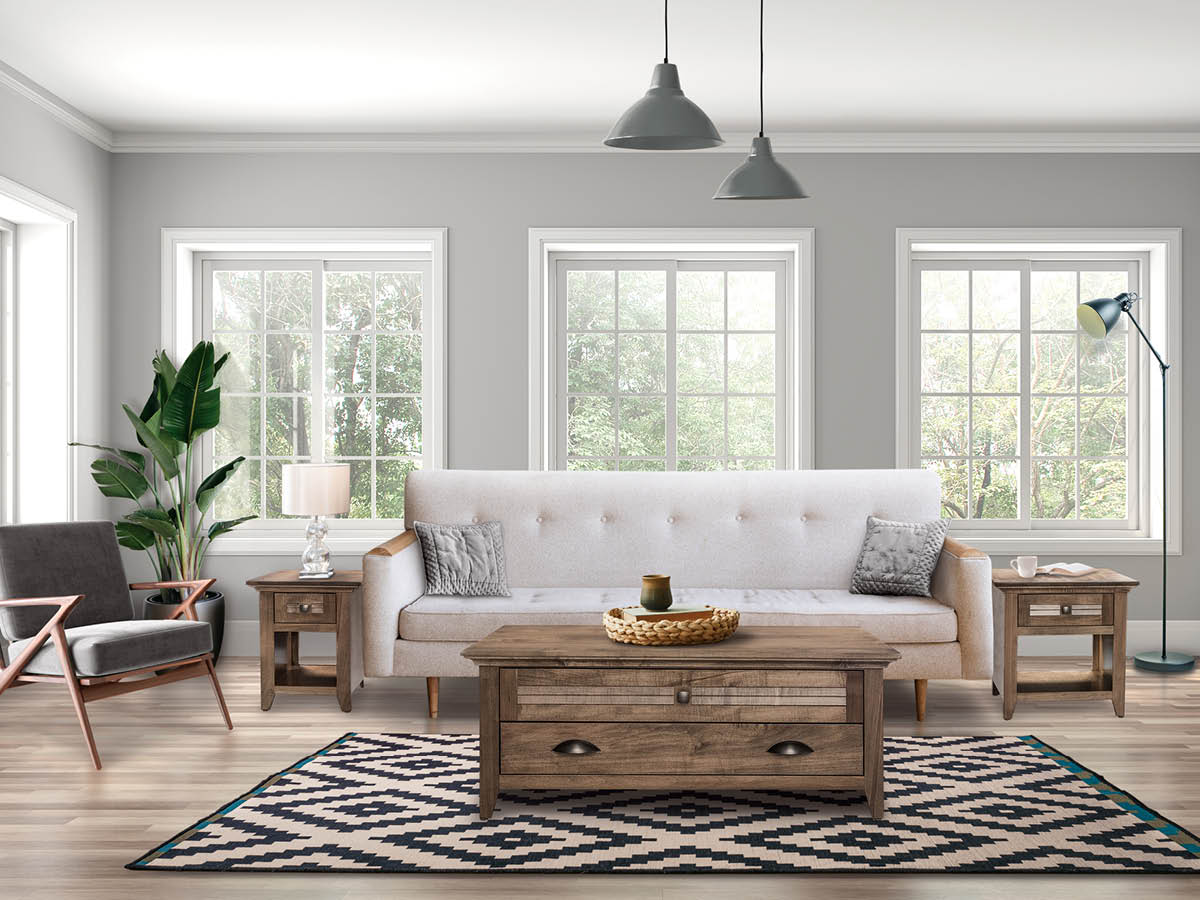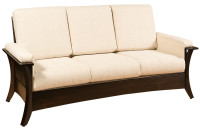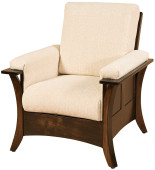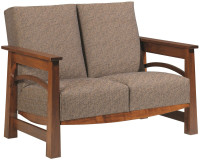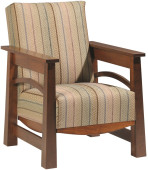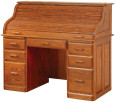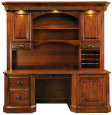Furniture for Therapy Offices - Chairs, Desks and More
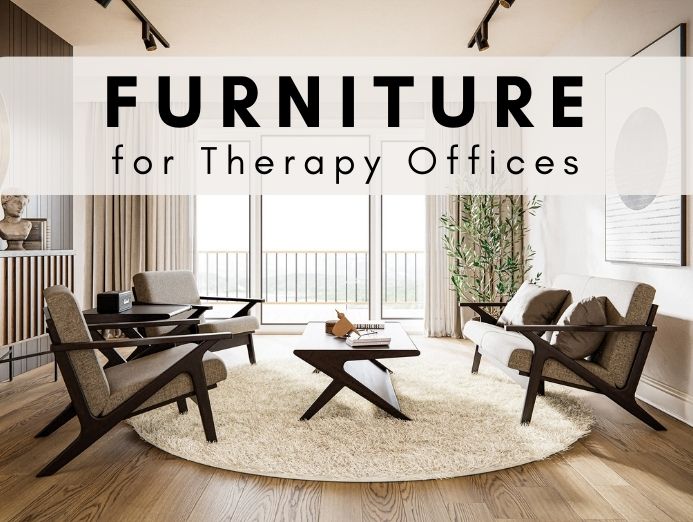
- Furniture for Therapy Offices: Desks & Chairs to Inspire Your Decor
- Our Best Chairs & Couches for a Therapy Office
- What to Seek for Your Therapy Office’s Desk
- Be Strategic With Your Personal Touches
- Additional Insights & Tips for Decorating Your Therapy Office
- Furnish Your Therapy Office With the Help of Countryside Amish Furniture
Furniture for Therapy Offices: Desks & Chairs to Inspire Your Decor
A therapist’s or counselor’s office is no ordinary work office. It has unique requirements, all to put clients in an optimal headspace to relax and trust. In this spirit, the smallest design detail can distract from the conversation or create feelings of unease. Approach furnishing your therapy office with the following in mind:
-
Comfort is first and foremost, making the choice of your therapy office chairs arguably your most important choice
-
Think of a furniture layout that encourages familiarity and connection rather an erecting barriers
-
Eliminate all exposed clutter, as this could make visitors anxious, even on a subconscious level
-
When choosing furniture patterns and accessories, find the right balance between personable and restraint
-
Embrace soft, warm tints, from your choice of furniture coloring to the room’s lighting
-
Think about your clientele - do you work primarily with children? Couples? Seniors? Keeping your primary sect of users in mind can help you choose the best-fitting furniture for your therapy clients’ needs.
However, your choice of decor and furniture comes down to more than a few mere bullet points. In this article, we’ll highlight advice from fellow councilors and highlight specific furniture pieces, from couches and chairs to desks, all of which can help turn your therapy office into a space for healing.
Our Best Chairs & Couches for a Therapy Office
When asked about important considerations when choosing therapy office seating, Robert Sack, PhD, of Elevate Mental Health noted, “ I try to incorporate chairs and sofas that are different heights and have different depths and types of back support so there are options for different clients.”
The key takeaway? The chairs and couches you choose for your therapy office can play a pivotal role in your success in connecting with clients. Additional elements to consider when assessing seating:
-
Avoid anything that spins, rocks or glides, indirectly encouraging fidgeting
-
Clients come in all different sizes, so choose seating that may accommodate wider builds
-
Space permitting, give individuals the choice to sit as close or as apart as they prefer by purchasing longer couches and/or multiple chairs. This is particularly helpful for couples or family therapy
-
When shopping for therapy office chairs, prioritize longevity. Dr. Robert Stack mentioned, “I look for items that are good quality, easy to clean and can be sanitized regularly and will last for many years without looking outdated
-
When choosing the arrangement of your therapy office’s chairs and couches, sit in them yourself and consider the view of the room from your client’s perspective
We offer hundreds of cozy chairs and couches, many of which fit right into a therapist’s office. However, to assist with your hunt for the perfect seating, we picked out some of our favorites.
Examples of Chairs & Loveseats That May Accommodate Your Therapy Office:
Examples of Couches That May Accommodate Your Therapy Office:
You May Also Like
What to Seek for Your Therapy Office’s Desk
Your desk should ideally not consume too much of your floor space, and yet it should provide the storage needed to keep paperwork and odds-and-ends tucked away. You may find the perfect furniture solution in our article Space-Saving Desks - Style Options and Top Picks. Two types of desks that would work particularly well in a therapy office include:
-
Desks with hutches on top are the ideal way to fulfill your needs through vertical (rather than horizontal) expansion
-
Roll top desks are designed to provide diverse storage needs, all of which can be stored under an attractive lid so as not to draw attention
Actively avoid desk layouts that physically separate you from the therapy patient. As noted by Austin Rausch, MS, LPCC, LICDC, “Never sit behind a desk during therapy. It makes clients feel like they're in their boss's or principal's office.”
Examples of Desks That May Accommodate Your Therapy Office:
Be Strategic With Your Personal Touches
Speaking to this specific notion, Melissa Bennett-Heinz commented, “Artwork I have adorning the walls is filled with pictures that tell a story about my life and places I have traveled . . . I have a couple hanging of New York City as I spent more than half my life and most of my career in The Big Apple. I have collected pieces from my travel, such as my salt lamp that is made from mines in Austria.”
“I don’t recommend putting up pictures of people such as spouses, friends, and/or family in order to maintain appropriate and healthy boundaries.”
“I prefer to display my degrees, certification, licenses to practice, and business license. I am proud of my accomplishments and the practice I have built and grown, as I dreamed of this all for a long time and have worked very hard to achieve success. I want to demonstrate and model that it is possible to succeed as a woman, and also remind clients that I am an expert in my field.”
While you don’t have to mimic Melissa’s decorative decisions to a tee, the underlying message should be clear: each art piece and accessory sends a message. Therefore, consider how each item may be interpreted by your clients and whether it furthers or detracts from your goal of nurturing a comforting environment.
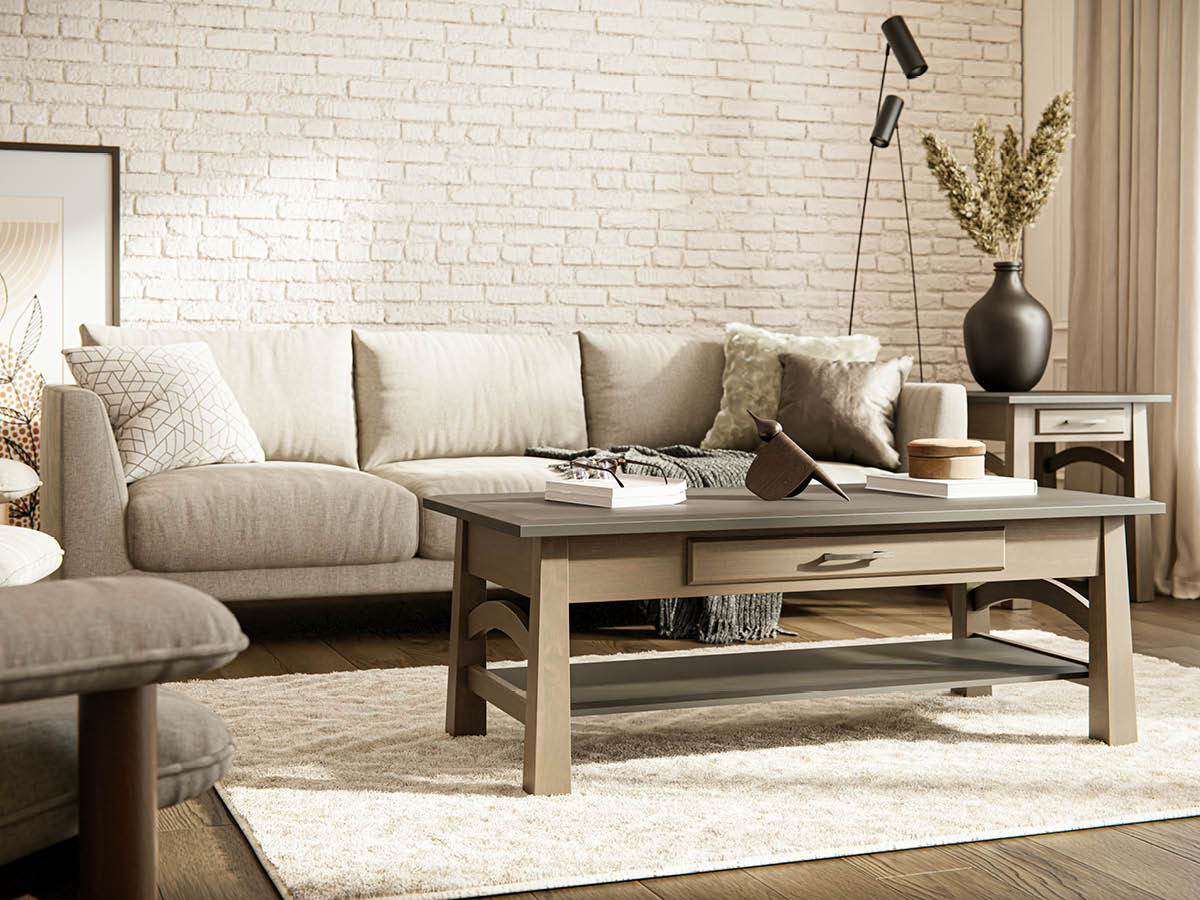
Additional Insights & Tips for Decorating Your Therapy Office
-
Most therapists opted for nature-inspired colors and touches. Many of the therapists we talked to cited nature as the prime inspiration for their color scheme. Austin Rausch shared, “The tone for my office is earthy colors with blue. I have a few plants. I tell clients I wish therapy could be outside, so I try creating a space that mimics that environment.” Other words commonly heard to describe favorable colors for therapy offices were warm and serene.
-
Be mindful of what clients hear, not just what they see. As Austin Rausch notes, “Make sure you have a white noise machine to drown out any dialogue which may be heard from the outside. Try to choose an office that does not have a lot of foot traffic.”
- Invest in regular cleaning. A dusty window, faint smell, or full wastebasket may distract therapy clients. Further underscoring this point, Melissa Bennett-Heinz says “If you're going to have living things such as plants or fish, make sure they are healthy and alive. Can you imagine what message a therapist gives off when they can't care for a plant or fish effectively enough to keep them alive?”
Furnish Your Therapy Office With the Help of Countryside Amish Furniture
Your therapy office’s furniture is the paintbrush with which you create a calming, productive environment. Paint the picture you desire with the quality hardwoods and customization options offered by Countryside Amish Furniture. You choose the wood species and stain, as well as any leather or fabrics. The results are therapy office chairs and pieces that are comfortable, elegant, and a subtle expression of who you are. Additional articles which can help you further elevate your therapy office:
13+ Barrister Bookcases With Glass Doors | Cabinets With Glass Shelves | Tall Wooden Bookcases - 7 ft. Tall and Greater | Best Woods for Desks
Have questions? Watch the video below about ordering from Countryside Amish Furniture or use the live chat to talk with a team member.

